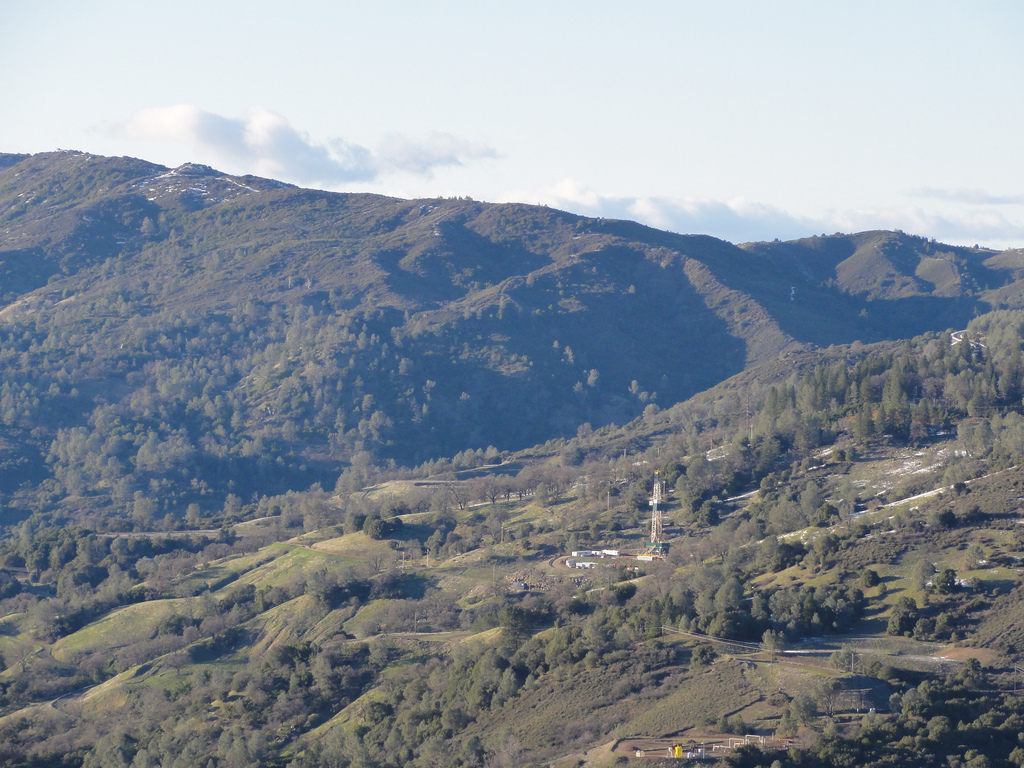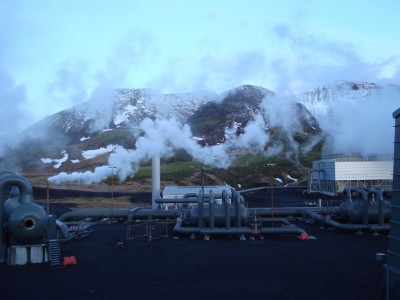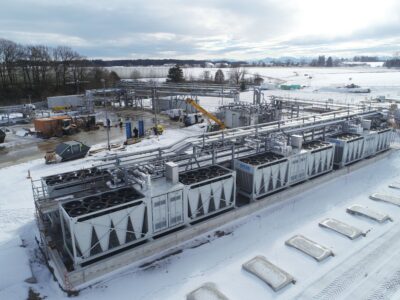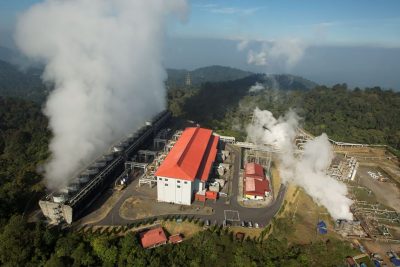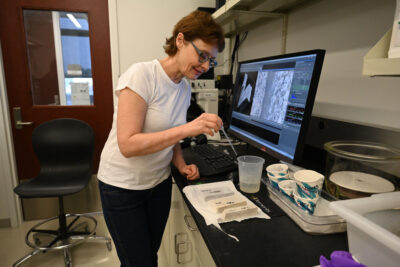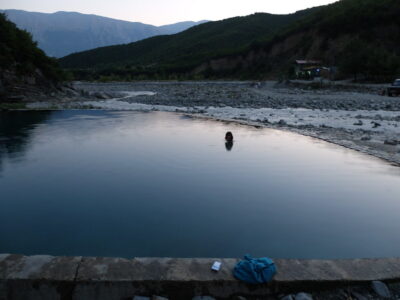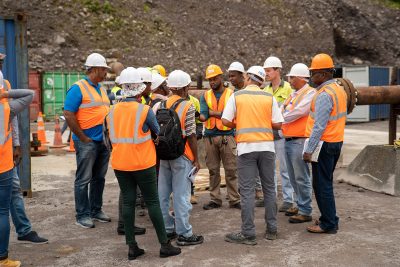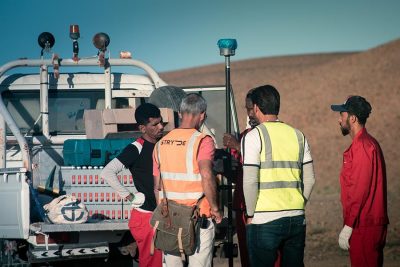What’s holding U.S. geothermal energy utilization back?
Geothermal energy could play an important role in carbon reduction plans in the U.S, yet there are various aspects holding geothermal energy back.
While already a bit older, a blog post shared by the Initiative for Sustainable Energy Policy (ISEP) provides some interesting pointers for geothermal in the context of the carbon-free grid plans by the current administration in the United States.
Referencing the GeoVision report by the U.S. Department of Energy, the own research by the author highlights some rather interesting facts.
With half of the currently installed geothermal power generation capacity having come online in the U.S. in the 1980s, a chart nicely lays out specific legislatory support or policy incentives for geothermal energy. The Geothermal Energy Act seems to have had the largest impact, which peaked in development in 1989 and then very limited development throughout the 1990s until around 2005 when things slowly picked up again. Since then we have seen sparks of development following the 2009 American Recovery Act, which included loan guarantee support for geothermal projects. So question is what new initiatives are needed to push geothermal yet again to a more significant role.

The author then looks into the competitiveness of geothermal energy compared to other energy sources, and highlights in particular that geothermal is more competitive than nuclear. Every year, Lazards shares a rather great overview on the levelized cost of energy (LCOE), the most recent one can be found here.
One element that is a challenge to geothermal energy development in the U.S. is the long time it takes to get the necessary permits in place. This – so the author – can take 7-10 years and has been criticized by the industry for a rather long time with no real impact so far.
Another challenge mentioned in the article is the poorly mapped resources in the U.S.. A 2008 Geothermal Survey by the USGS, seems to have been the last larger scale approach to mapping the U.S. geothermal resources, and – as many argue – missed the opportunity to evaluate low-temperature resources. Despite being more difficult to map, they could have shown a much wider opportunity for geothermal, and in the low-temperature context for heat exchange systems and deeper EGS resources. The author argues that the assessment should be made much more frequently, similar to the efforts for oil and gas.
The lacking lobbying power of geothermal is mentioned and clearly while previously the U.S. Geothermal Energy Association, and now the Policy Committee of the Geothermal Rising association in the U.S. have been doing a great job, it does not provide the large and strong lobbying power of other industries, such as oil and gas.
The article then looks into the impact the American Recovery and Reinvestment Act of 2009 had, providing a great overview table highlighting a rather positive picture for geothermal.

Source: Vinant-Tang, Audrey, “Geothermal Energy Is Critical to Biden’s 100% Carbon-Free Grid, Why Is It Currently Underutilized?“, ISEP/ Initiative For Sustainable Energy Policy
